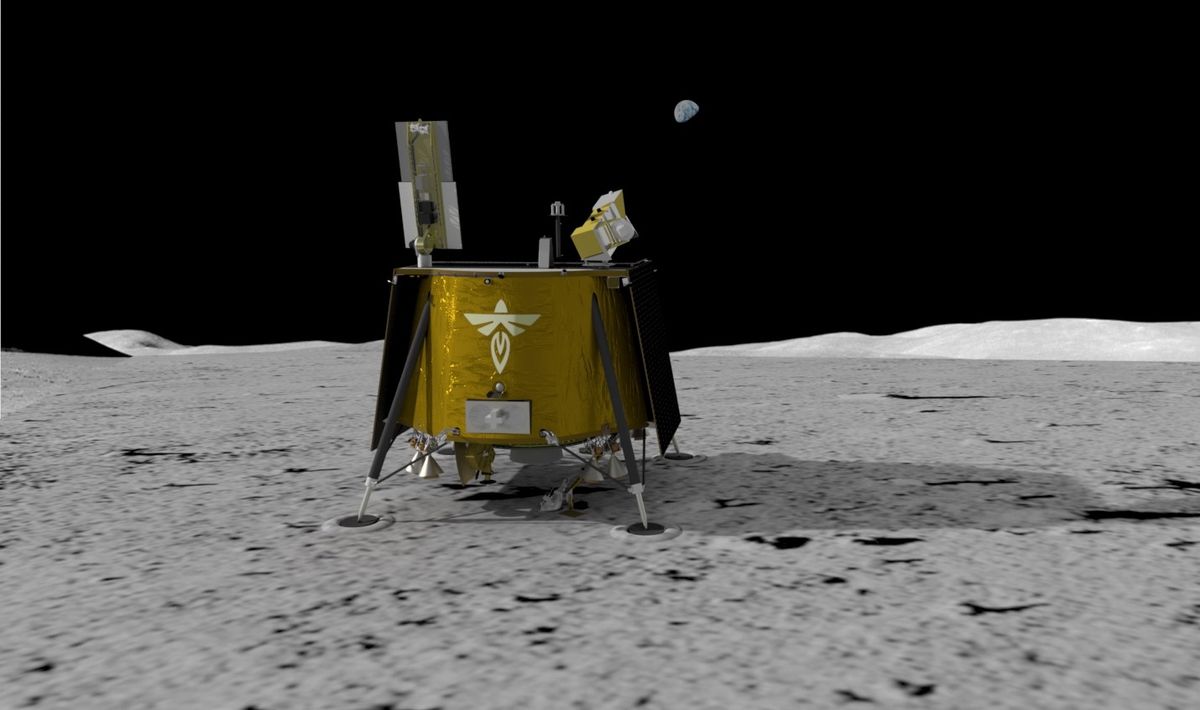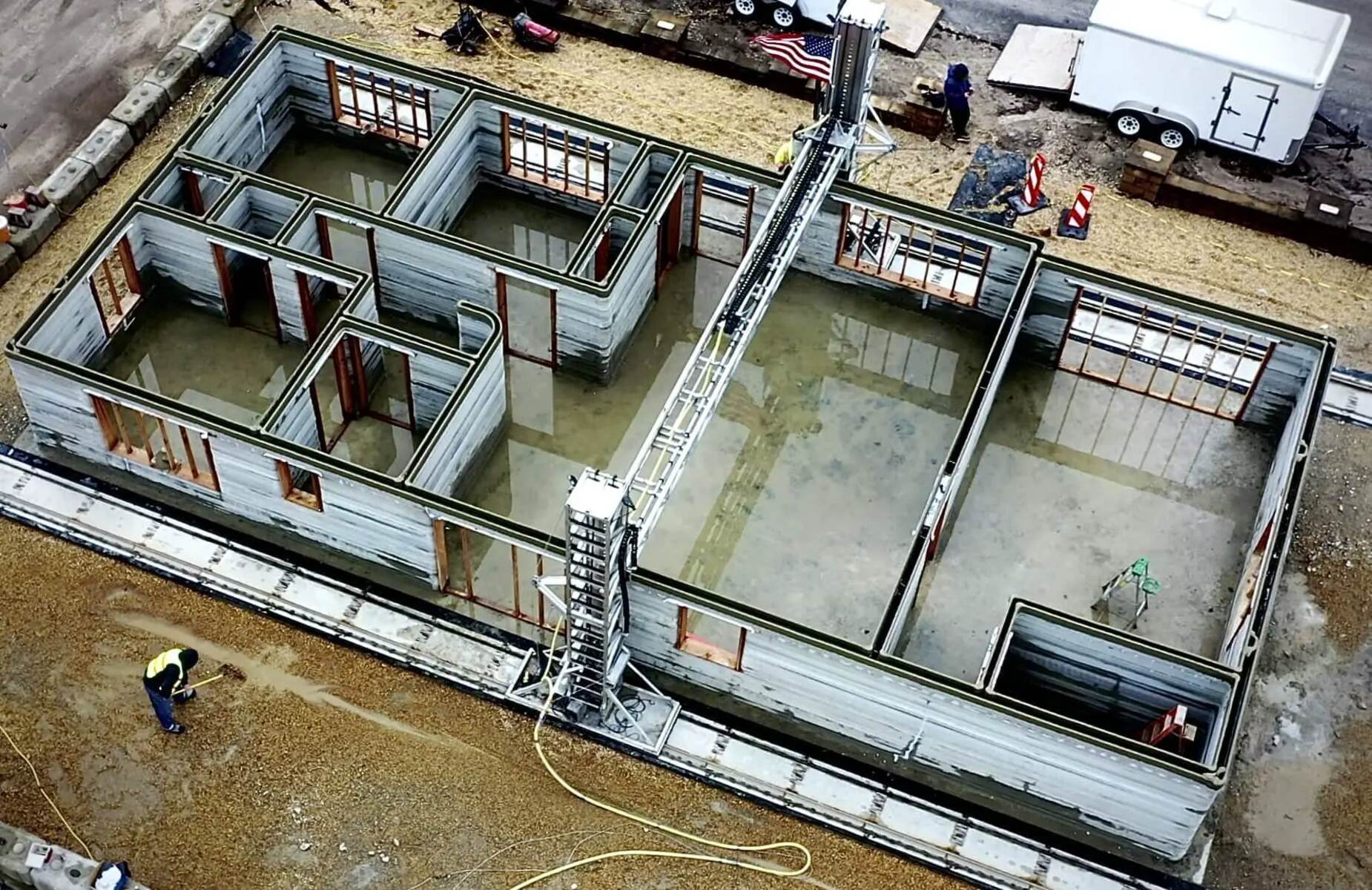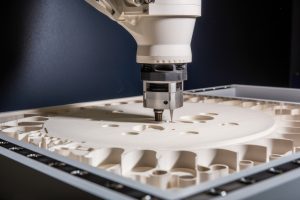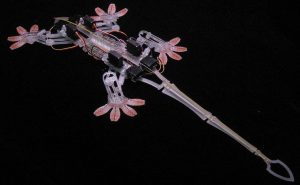Today, NASA has unveiled a groundbreaking development in the field of space construction. The space agency has introduced a new robotic, self-assembling structure that could revolutionize the way we build in space. This innovative technology could play a pivotal role in future space exploration, particularly in establishing habitats and infrastructure on the Moon and beyond.
Key Takeaway
NASA has introduced a pioneering self-assembling robotic structure, marking a significant advancement in space construction technology. The potential applications of this innovation extend to the establishment of infrastructure on the Moon and other planetary bodies.
Revolutionizing Space Construction
The research, led by NASA Ames Research Center, introduces the concept of “self-reprogrammable mechanical metamaterials,” known as ARMADAS. This technology involves the use of cuboctahedral frames, termed voxels, and two types of robots for assembly. The robots, one for transportation and the other for fastening, work in tandem to construct the self-assembling structures.
Applications in Space
The potential applications of this construction technology are vast, with a focus on austere environments such as the lunar surface and outer space. The lightweight and autonomous nature of the structures makes them well-suited for various purposes, including the construction of communication towers, shelters, booms, and antennas.
Future Prospects
Looking ahead, the researchers envision the possibility of using materials found on planetary bodies, such as the Moon, for constructing these self-assembling structures. Moreover, the scalability of the technology, including the speed and size of construction, is a key area of focus for future development.

























